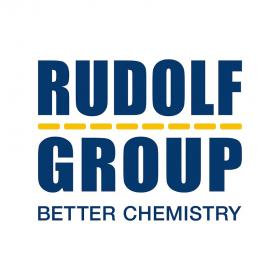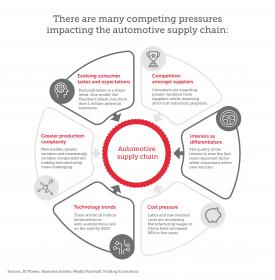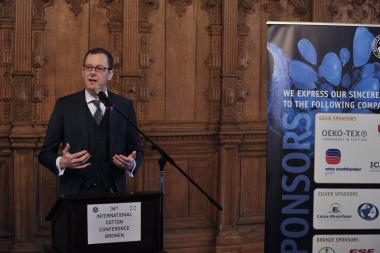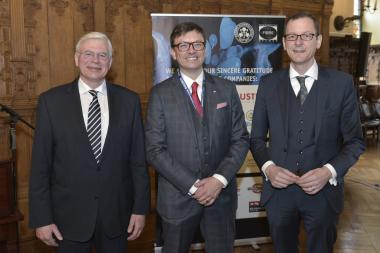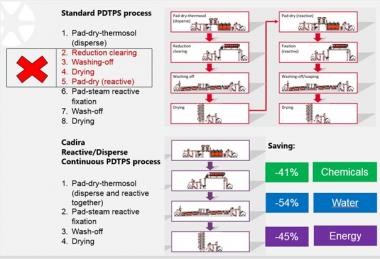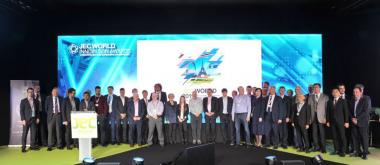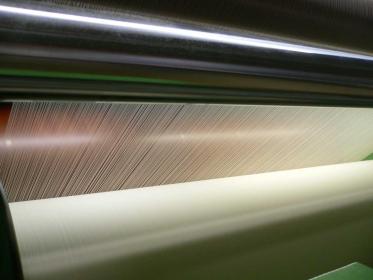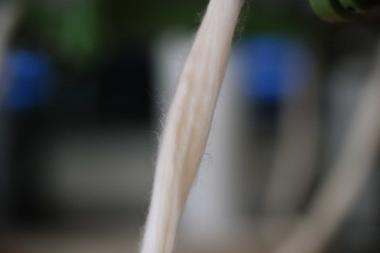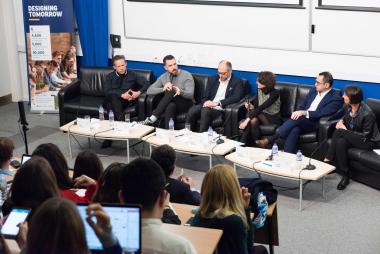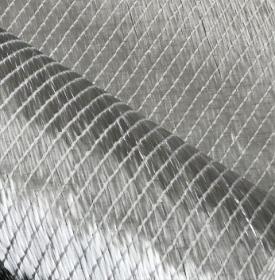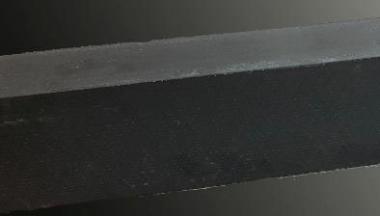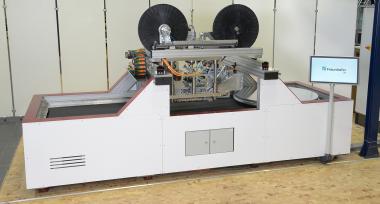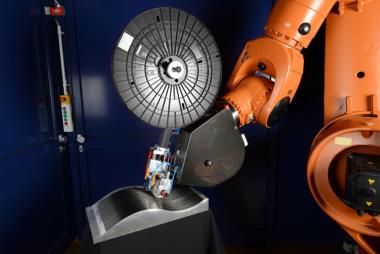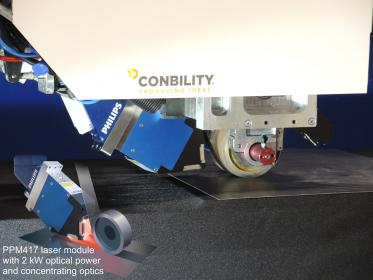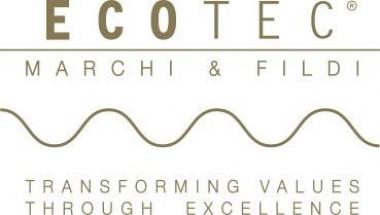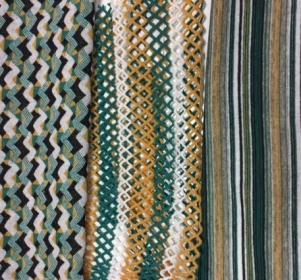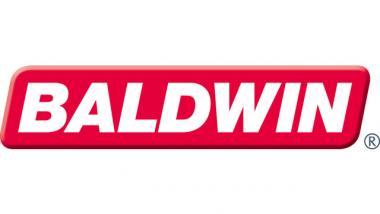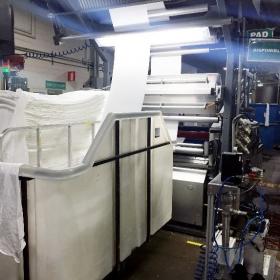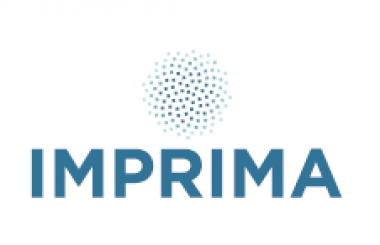SABIC SHOWCASES FULL COMPLEMENT OF MARKET LEADING FLUIDS FOR CHINESE AND ASIAN MARKETS AT IESD SHOW, SHANGHAI
As a global leader in the chemical industry, SABIC will present its full Fluids product portfolio at IESD, the leading surfactants and detergents show for China and Asia, in Shanghai, April 24 -26.
SABIC Specialties provides high value, technologically advanced chemical derivatives for use in a wide range of applications. Employed as surfactants, detergents, emulsifiers, emollients and thickeners for consumer products ranging from cosmetic and personal care, home care and pharmaceuticals, to industrial products like textiles, paints and coatings. Additionally, these products find their way into industrial uses such as specialty lubricants, crop protection, and oil & gas applications.
A key aspect of SABIC Specialties Fluids business - not only within China, but for the broader Asia region - is its ability to deliver the added value only a dedicated, local team with stocked inventory and flexible packaging options, can supply. In addition to local team know-how and readiness, SABIC’s Chinese operations are supported by a global team with significant expertise and production facilities around the globe. Focused on creating the right balance of properties and performance to meet the ever-increasing needs of consumers and industry, SABIC works closely with specifiers and formulators to develop vital constituents for game changing products.
At IESD SABIC will be introducing SAPEG 400 PH, its new pharma grade PEG400, conforming to USP-NF monograph and manufactured to EXCiPACT Good Manufacturing Practices of pharmaceutical excipients. It is used in liquid preparations as a viscosity modifier, in ointment and suppository bases as a melting point regulator, moisturizer and lubricant and in the preservation of pathological specimens. It can be used in the manufacturing of creams, lotions, toothpastes and in soaps as a humectant.
“SABIC Specialties has long been a pioneer in developing innovative chemicals and polymers to support the production of the latest and most advanced domestic and industrial applications”, said Eric Jaarda, Senior Manager, Fluids Marketing Global at SABIC Specialties. “We are proud to present some of our most advanced and versatile offerings at this year’s IESD in Shanghai and to demonstrate our commitment to the Chinese and broader Asian market.”
In addition to SAPEG 400 PH, SABIC will also be showcasing the following:
- Natural Fatty Alcohol (C12-14) Ethoxylates (SABIC® SABICOL L2/L3/L7/L9) - both colorless and odourless, this is a range of versatile non-ionic surfactants. Supplied as liquids or as a paste, they are efficient water in oil emulsifiers and readily biodegradable.
- Synthetic Alcohol (Isodecyl and Isotridecyl Alcohol) Ethoxylates (SABIC® SABICOL DA5/DA7/TA5/TA6/TA7/TA8/TA9) - a series of fast wetting, low odor and biodegradable non-ionic surfactants.
- Castor Oil Ethoxylates (SABIC® SABICOL EL30/40/55) - supplied in liquid form or as a paste, they are completely miscible in water and many organic solvents. Non-toxic and non-irritant, they are employed as emulsifiers in both domestic and industrial applications.
- Polyethyleneglycols (SAPEG200/300/400/600) - consisting of a distribution of polymers of varying molecular weights, these are colorless and odorless liquids. Non-toxic and non-irritant, they are used as humectants, lubricants, solvents and viscosity modifiers in a range of applications.
© 2018 Saudi Basic Industries Corporation (SABIC)








